Sustainability is the new black. It’s a buzzword that has become so commonplace that it’s almost lost meaning. But what does sustainability mean? And what can we do about it? These are all questions this post will attempt to answer by examining some of the latest trends in sustainable building design and technologies.
Advanced building automation
Building automation is a critical component of sustainable building design and crucial to collaborative project delivery. Building automation is one of the easiest ways to significantly make your building more efficient when it can help you cut costs by reducing energy consumption and increasing comfort for occupants.
Additionally, advances in building automation technology have enabled architects to create high-performance envelopes that maximize return on investment (RoI) while simultaneously reducing carbon emissions from buildings through improved performance or reduced maintenance costs.
Automation of Packaging Systems
According to experts at Millennium Packaging Inc, automation is becoming more prevalent in the packaging industry, and MEP engineers are playing a crucial role in designing and implementing automated packaging systems. This includes deploying case erectors, machines that automatically fold and seal cardboard boxes, and improving the speed and efficiency of packaging processes. By automating packaging systems, MEP engineers can reduce the amount of packaging waste and improve overall sustainability in the supply chain. For example, A company that produces and ships many products in cardboard boxes may have previously relied on manual labor to fold and seal each box. This process can be time-consuming, labor-intensive, and prone to errors. However, by deploying a case erector, the company can automate this process, reducing the time and labor required to prepare boxes for shipping.
Increased Focus on Indoor Air Quality
MEP engineers are at the forefront of developing systems promoting high-quality indoor air, a growing concern in the construction industry. MEP engineers are incorporating energy recovery ventilation (ERV) systems into their designs for better indoor air quality. Buildings with ERV systems have their stale indoor air replaced with clean air from outside, with the discarded air’s energy used to either heat or cool the new air. This method increases efficiency and ensures a steady flow of clean air.
Connecting the Digital and Physical
Linking the virtual and real worlds is the next step in MEP engineering. A new kind of design is emerging due to this connectivity, predicated on modular, easily customizable systems within the digital realm. A networked approach can improve productivity during the building and maintenance and repair phases afterward. When combined with intelligent sensors that monitor common wear-and-tear on building components (such as insulation), this technology can help mitigate risks associated with aging buildings by predicting failure long before it occurs so that appropriate repairs can be made before significant breakdowns arise—which could cost hundreds or thousands of dollars per hour!
Carbon neutrality
The industry is working toward carbon neutrality, which is an ambitious goal but one that can be met with teamwork. This presents a challenge that no one in the field of building design could have foreseen when they first began: MEP engineers must find a way to design energy-efficient and environmentally friendly buildings.
To reach carbon neutrality by 2030 (the deadline for EU laws), architects must reduce their energy use by 50 percent by then compared with today’s levels. This will require some significant changes:
- More efficient lighting systems that use less electricity
- Enhanced insulation value throughout the building envelope, such as walls and roofs
- Reduced materials from concrete or steel to wood or glass
Artificial Intelligence and Machine Learning
AI and ML promise to revolutionize how we approach building design, construction, maintenance, and operations, making them two of the most exciting areas of engineering. By spotting problems before they escalate, these tools can improve the performance of green structures and help you choose the most appropriate remedies.
Images or videos taken outside of a building can be analyzed using machine learning algorithms by AI/ML systems. This data is then used to predict future outcomes based on historical data from analogous designs or situations (such as if a window will break if left open for too long).
Bio-inspired solutions
Bio-inspired solutions are a new trend in sustainable building design that has gained momentum over the last few years. These solutions are designed to solve problems in the real world, such as:
- Self-cleaning surfaces that can clean themselves after being touched by humans or animals.
- Self-healing materials that can repair themselves when broken.
- Self-repairing structures can self-repair after damage caused by natural disasters like earthquakes or floods (such as buildings).
Many different types of bio-inspired building materials exist, including wood fibers coated with nanoparticles to form an electric charge when exposed to moisture, concrete made from recycled material, and even bacteria grown into bricks!
Industry 4.0.
Industry 4.0 is a new way of working, and it goes beyond just technology. It’s about collaboration, the future, and sustainability.
Industry 4.0 uses technology to create tools that help people work together more efficiently across organizations or industries. These tools can be anything from apps and software to sensors embedded into products, so you know where your next project is coming from (or when it needs maintenance).
It also means using data collected from these systems to understand how all these different machines are connected for them all function at their best potentials—and then making those connections happen even more efficiently by sharing information between them via APIs (application programming interfaces).

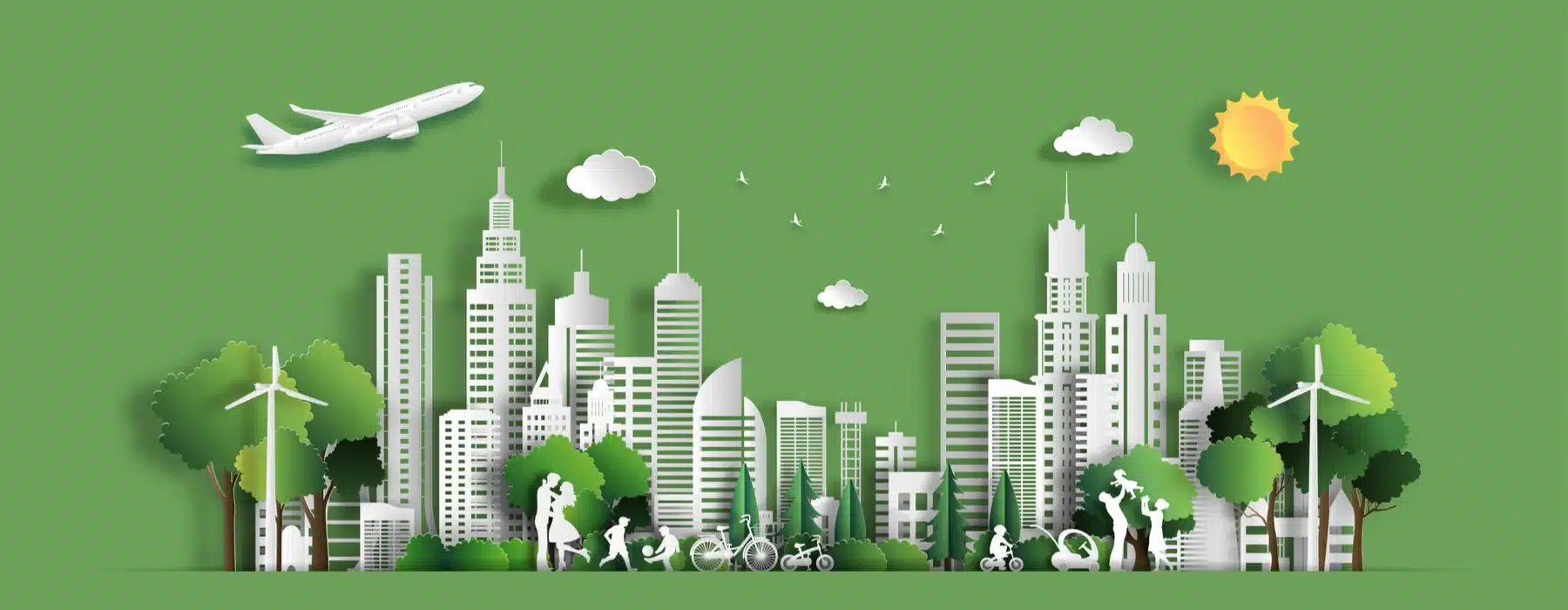


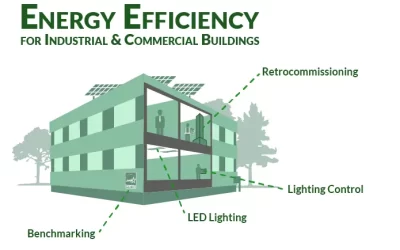
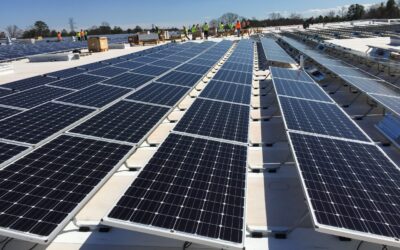
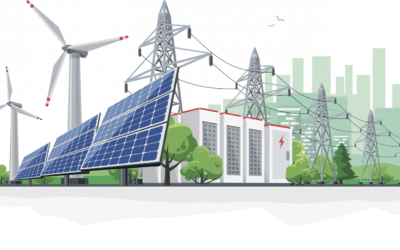
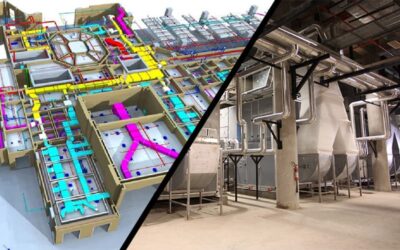
0 Comments